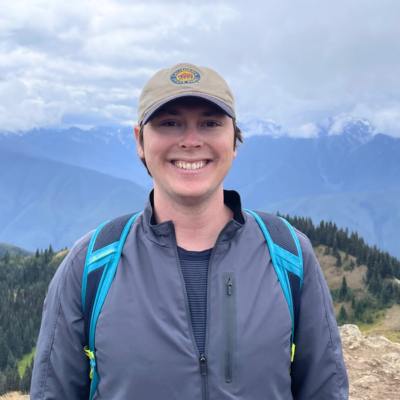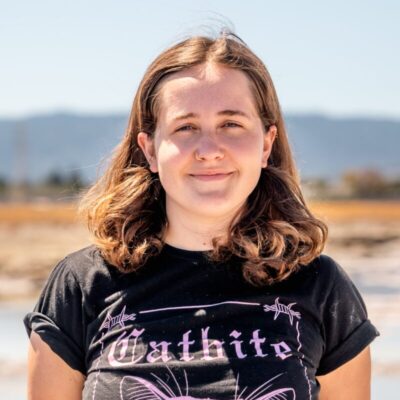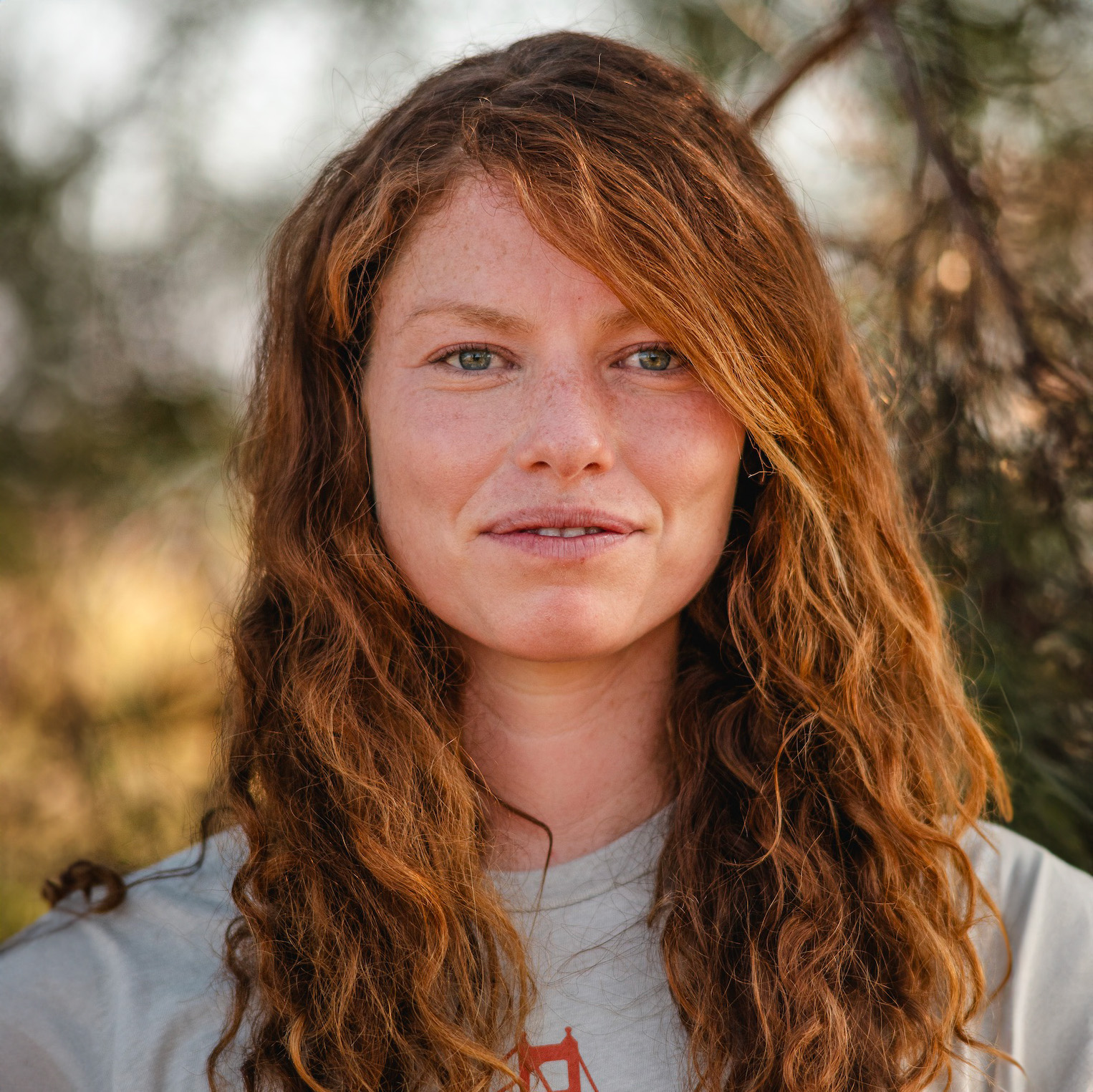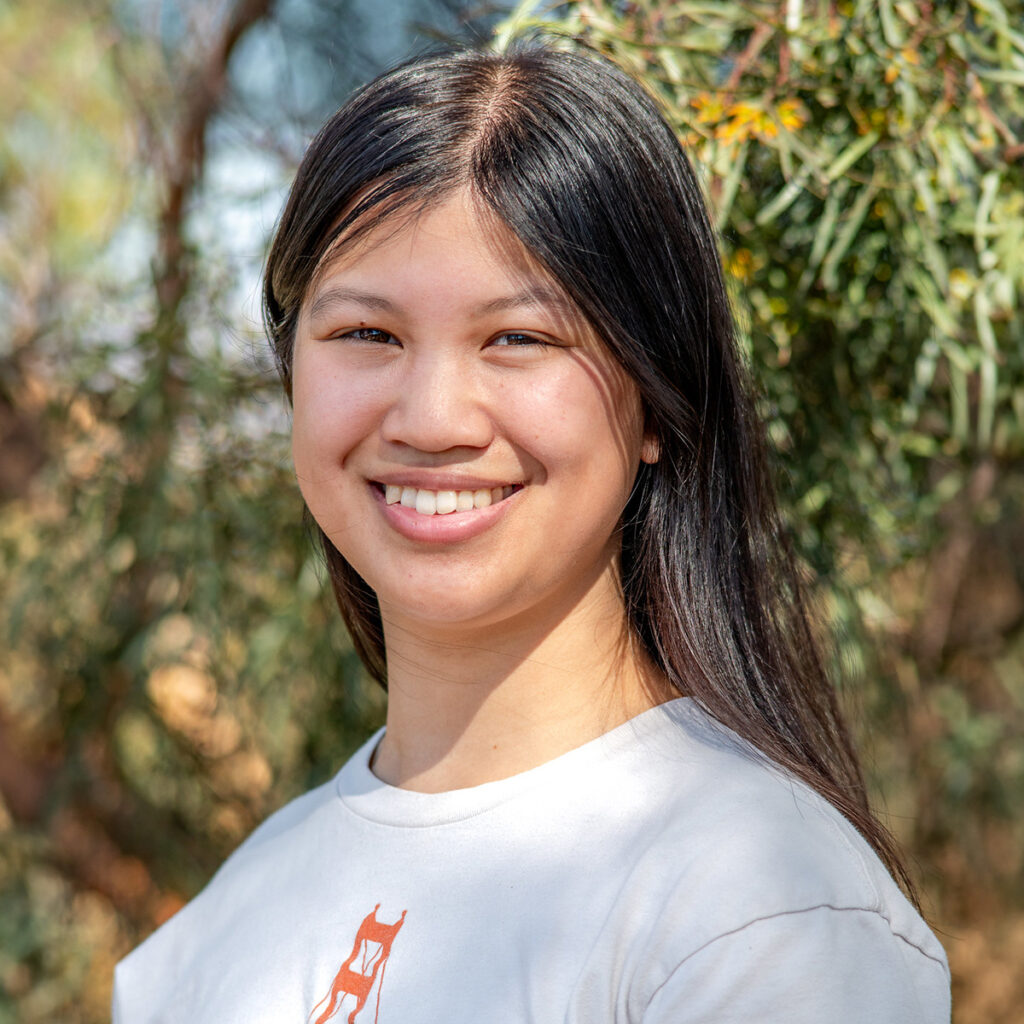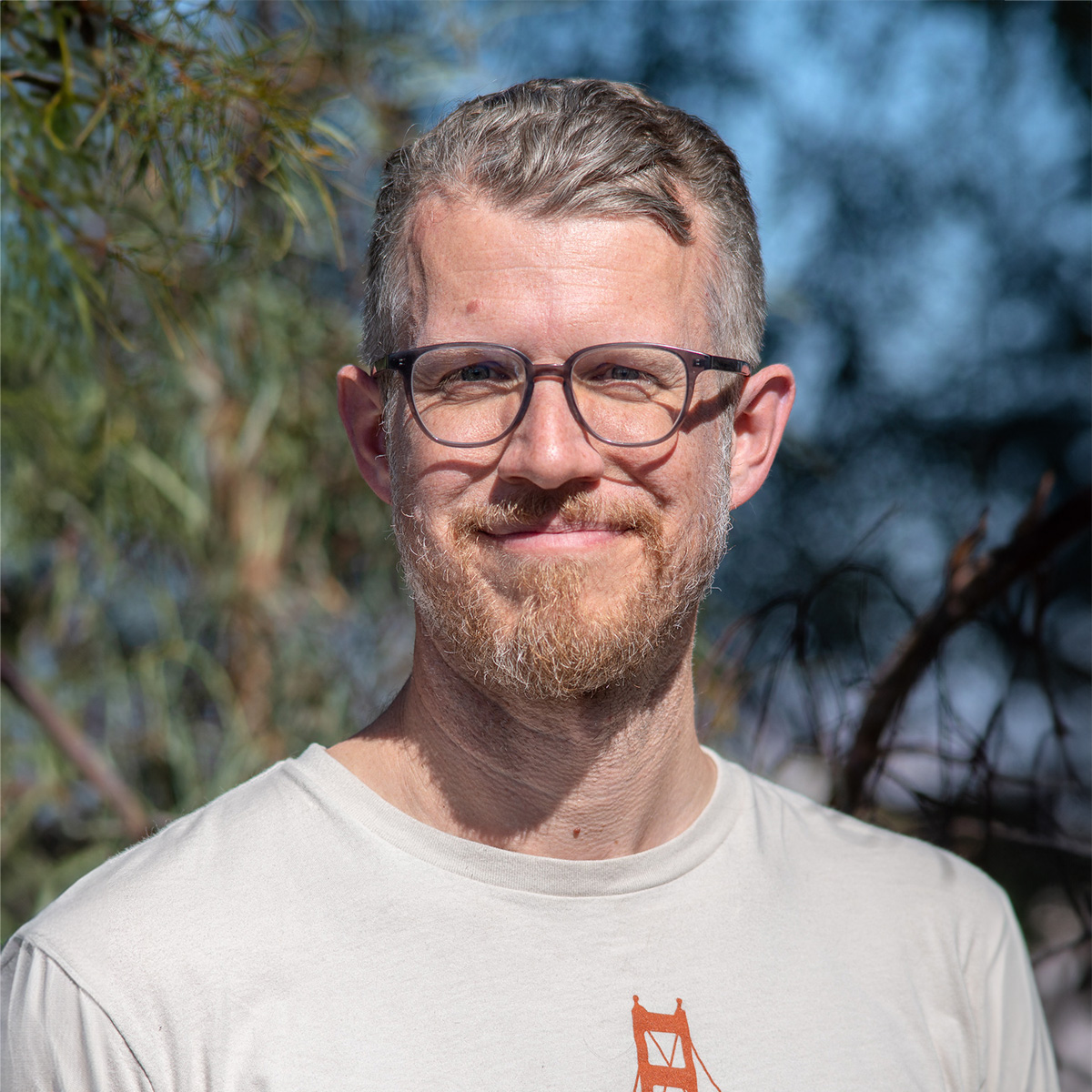 An old zen tale Allow me to bend your ear with an old Buddhist fable. There once was an old monastery with a garden out back. One day, the head monk heard an assortment of shouting coming from the garden. Upon inspection, the monk observed that all the squashes were fighting. The wise master asked them to calm down and touch the tops of their heads. The squashes were surprised to find vines attached to their tops. They all followed their vines back to one big plant. The squashes celebrated joyfully with the realization that they were part of the same interconnected family. People, like the squashes in the beginning of the tale, often forget that they are connected to nature and each other. We repeatedly pollute and destroy natural environments that we perceive as unrelated. But scientists and ecologists have come to understand the connectivity of all living organisms and their related natural environments. The world is really just a bundle of overlapping ecosystems. To hurt one, is to hurt the other. Ecopsychologists seek to understand why human behaviors continually damage the earth. If self-preservation is one of our most embedded natural instincts, then why would we consciously hurt ourselves? In other words, why are we constantly hurting natural environments that will in turn hurt people? Like the squashes, are we simply unaware that we are connected to nature? To answer these questions, we’ll turn to the original ecologists—the Buddhists. Many in this tradition argue that our anthropocentric and self-centered mindsets create a lack of feeling and connection to the natural world, leading to the delusion of separation. This rift then creates a fragmented self, separate from other things. Conflicts then arise in this fragmented state, between the “self” and the “other.” We all could use a tall glass of ecoliteracy Chances are you probably won’t be able to find the word “Ecoliteracy” in the dictionary. Ecoliteracy is just a modern scrunching together of two words: Ecology—relations and interactions between organisms and their environments, and Literacy—the state of being literate. Ecoliteracy can plainly be defined as the ability to comprehend the many interrelated natural systems that maintain the earth. Educators in the field of ecoliteracy, aim to teach awareness and comprehension around ecological communities, emphasizing human behaviors and impacts. So how can we become ecoliterate? Get ’em while their young
An old zen tale Allow me to bend your ear with an old Buddhist fable. There once was an old monastery with a garden out back. One day, the head monk heard an assortment of shouting coming from the garden. Upon inspection, the monk observed that all the squashes were fighting. The wise master asked them to calm down and touch the tops of their heads. The squashes were surprised to find vines attached to their tops. They all followed their vines back to one big plant. The squashes celebrated joyfully with the realization that they were part of the same interconnected family. People, like the squashes in the beginning of the tale, often forget that they are connected to nature and each other. We repeatedly pollute and destroy natural environments that we perceive as unrelated. But scientists and ecologists have come to understand the connectivity of all living organisms and their related natural environments. The world is really just a bundle of overlapping ecosystems. To hurt one, is to hurt the other. Ecopsychologists seek to understand why human behaviors continually damage the earth. If self-preservation is one of our most embedded natural instincts, then why would we consciously hurt ourselves? In other words, why are we constantly hurting natural environments that will in turn hurt people? Like the squashes, are we simply unaware that we are connected to nature? To answer these questions, we’ll turn to the original ecologists—the Buddhists. Many in this tradition argue that our anthropocentric and self-centered mindsets create a lack of feeling and connection to the natural world, leading to the delusion of separation. This rift then creates a fragmented self, separate from other things. Conflicts then arise in this fragmented state, between the “self” and the “other.” We all could use a tall glass of ecoliteracy Chances are you probably won’t be able to find the word “Ecoliteracy” in the dictionary. Ecoliteracy is just a modern scrunching together of two words: Ecology—relations and interactions between organisms and their environments, and Literacy—the state of being literate. Ecoliteracy can plainly be defined as the ability to comprehend the many interrelated natural systems that maintain the earth. Educators in the field of ecoliteracy, aim to teach awareness and comprehension around ecological communities, emphasizing human behaviors and impacts. So how can we become ecoliterate? Get ’em while their young If children are like sponges, then adults are like faucets. Meaning—that while children absorb and learn at incredible rates, what they absorb is often determined by what we expose them to. David Orr, a distinguished environmental studies professor, suggests that our meager comprehension of ecosystems and sustainable practices, are the result of poor education, and that we particularly fail to teach young students about being a part of nature. As the digital age and growing urbanization of the world increases, children experience longer periods of isolation from natural environments. Author Richard Louv, credited with inspiring a worldwide movement in re-connecting children back to nature, describes today’s child as experiencing a kind of “nature deficit disorder.” The lack of natural exposure and experiences for children often negatively affects their individual growth and our overall society. It’s not enough to just provide students with classroom lectures, books or computer programs—when teaching environmental relationships. They may learn intellectually, but lack a genuine connection to the natural environment. Young people need the experience of nature to feel connected to it. Research suggests, that teaching children about the environment at a young age leaves lasting influences that remain into adulthood. Children need this connection with nature to prosper mentally and physically, as individuals and as communities (Witt & Kimple, 2008).
If children are like sponges, then adults are like faucets. Meaning—that while children absorb and learn at incredible rates, what they absorb is often determined by what we expose them to. David Orr, a distinguished environmental studies professor, suggests that our meager comprehension of ecosystems and sustainable practices, are the result of poor education, and that we particularly fail to teach young students about being a part of nature. As the digital age and growing urbanization of the world increases, children experience longer periods of isolation from natural environments. Author Richard Louv, credited with inspiring a worldwide movement in re-connecting children back to nature, describes today’s child as experiencing a kind of “nature deficit disorder.” The lack of natural exposure and experiences for children often negatively affects their individual growth and our overall society. It’s not enough to just provide students with classroom lectures, books or computer programs—when teaching environmental relationships. They may learn intellectually, but lack a genuine connection to the natural environment. Young people need the experience of nature to feel connected to it. Research suggests, that teaching children about the environment at a young age leaves lasting influences that remain into adulthood. Children need this connection with nature to prosper mentally and physically, as individuals and as communities (Witt & Kimple, 2008).  The San Francisco Bay wetlands It can be hard to find and connect to nature in cities and urban areas. Luckily, the San Francisco Bay Area is crammed with green spaces and places to experience wildlife. The Bay Wetlands are rich in biodiversity, teeming with wildlife and hundreds of plant species. By walking or biking the Bay Trail with family, kayaking along the SF Water Trail with friends, or even just having a picnic at McLaughlin East Shore Park, one can experience a variety of wildlife and local vegetation, not to mention impressionistic like sunsets and tranquil waters. The Bay Wetlands are considered the heart and lungs of the Bay, boasting over 400 native species. So how can we get children to both learn about and experience the Bay Wetlands? The Bay currently needs 100,000 acres of tidal marsh to be considered healthy. Restoration efforts from organizations like Save The Bay, are currently maintaining 45,000 acres of healthy marsh, with plans for restoring another 30,000 acres. Save The Bay’s Restoration Education Programs are designed to get educators, middle and high school students out into nature. Our curriculum not only meets STEM requirements, but also provides students with the opportunity to get their hands dirty and restore the Bay Wetlands themselves. This immersive outdoor experience strengthens one’s connection to the environment, providing children with the enrichment they need to develop into healthy nature-loving adults.
The San Francisco Bay wetlands It can be hard to find and connect to nature in cities and urban areas. Luckily, the San Francisco Bay Area is crammed with green spaces and places to experience wildlife. The Bay Wetlands are rich in biodiversity, teeming with wildlife and hundreds of plant species. By walking or biking the Bay Trail with family, kayaking along the SF Water Trail with friends, or even just having a picnic at McLaughlin East Shore Park, one can experience a variety of wildlife and local vegetation, not to mention impressionistic like sunsets and tranquil waters. The Bay Wetlands are considered the heart and lungs of the Bay, boasting over 400 native species. So how can we get children to both learn about and experience the Bay Wetlands? The Bay currently needs 100,000 acres of tidal marsh to be considered healthy. Restoration efforts from organizations like Save The Bay, are currently maintaining 45,000 acres of healthy marsh, with plans for restoring another 30,000 acres. Save The Bay’s Restoration Education Programs are designed to get educators, middle and high school students out into nature. Our curriculum not only meets STEM requirements, but also provides students with the opportunity to get their hands dirty and restore the Bay Wetlands themselves. This immersive outdoor experience strengthens one’s connection to the environment, providing children with the enrichment they need to develop into healthy nature-loving adults.  Just a big kid yourself? Not to worry. Save The Bay also engages volunteers, schools and businesses in shoreline restoration and scientific monitoring. Whether you’re a large corporation looking for some team building exercises, or just a small family looking to support your local community, Save The Bay offers a variety of hands-on activities from planting to shoreline cleanup. Looking forward Unlike squashes, humans don’t have vines attached to the tops of their heads. Because we have trouble tracing our interconnectedness back to a source, we often accidentally hurt each other and the surrounding world. But, by becoming more ecoliterate and re-connecting back to nature, we begin to see our hidden vines, and discover our connection to each other and the beauty around us.
Just a big kid yourself? Not to worry. Save The Bay also engages volunteers, schools and businesses in shoreline restoration and scientific monitoring. Whether you’re a large corporation looking for some team building exercises, or just a small family looking to support your local community, Save The Bay offers a variety of hands-on activities from planting to shoreline cleanup. Looking forward Unlike squashes, humans don’t have vines attached to the tops of their heads. Because we have trouble tracing our interconnectedness back to a source, we often accidentally hurt each other and the surrounding world. But, by becoming more ecoliterate and re-connecting back to nature, we begin to see our hidden vines, and discover our connection to each other and the beauty around us.








